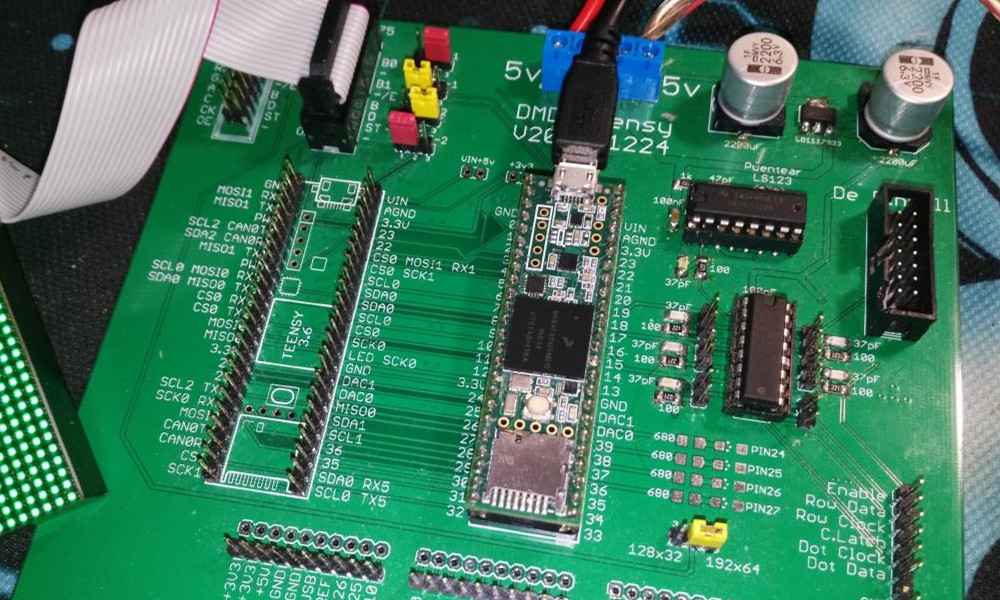Categories
Recent Posts
IC Programming, also known as chip programming or device programming, is the process of loading a specific set of instructions, known as firmware or code, onto a blank integrated circuit (IC). This process is what transforms a generic, off-the-shelf microchip from an empty slate into a smart, functional component capable of performing a dedicated task.
Think of it like this:

How IC Programming is Shaping the Future of Every Device
In the palm of your hand, you hold a universe of complexity. Your smartphone, a sleek marvel of glass and metal, is more than just an appliance; it’s a city of microscopic intellects, each with a specific job, all working in perfect, silent harmony. Have you ever stopped to wonder what gives these tiny chips their purpose? What breathes life into the silicon, transforming a blank, inanimate slate into the engine of innovation?
The answer lies in a critical, yet often overlooked, discipline: Integrated Circuit (IC) Programming. This is not the software coding you might be familiar with; it’s a deeper, more fundamental process. It’s the act of embedding the very soul into a chip, defining its logic, functionality, and identity. In an era defined by the Internet of Things (IoT), artificial intelligence, and smart everything, IC programming has emerged from the backrooms of engineering to become the most crucial step in bringing a product to life. It is the final, decisive bridge between design and reality.
The Role of Programmable ICs
Not all integrated circuits are created equal. Some are designed for specific, unchangeable functions, while others—like microcontrollers (MCUs), FPGAs (Field-Programmable Gate Arrays), and memory chips such as EEPROM and Flash—are programmable. This programmability is what allows manufacturers to innovate rapidly, customize products, and update devices long after they leave the factory.
Programmable ICs are the unsung heroes of flexibility and innovation. They empower designers to:
•Create Custom Solutions: A single programmable IC can be adapted for use in countless applications, from automotive systems to home automation.
•Enable Firmware Updates: Just like your smartphone receives software updates, programmable ICs allow devices to evolve, improve, and even fix bugs after production.
•Protect Intellectual Property: By locking programmed code within the IC, companies can safeguard their innovations from being copied or reverse-engineered.
The IC Programming Process: Precision at Scale
The programming of ICs is a blend of technical precision and logistical excellence. While the concept sounds straightforward—transfer code to a chip—the execution is anything but simple. Here’s how it works:
1.Code Preparation: It all begins with the development of firmware—the low-level software that dictates the chip’s functionality. This code is written, tested, and compiled into a binary format (often a HEX or BIN file) that the IC can understand.
2.Selection of the Programming Tool: Not all ICs are programmed the same way. Some require high-voltage signals, others use specialized communication protocols, and many need precise timing. Engineers use dedicated device programmers—hardware tools designed to handle these requirements with accuracy and reliability.
3.Programming and Verification: The IC is placed into a socket or connected to the programmer, which transfers the binary code into the chip’s memory. But the process doesn’t end there. To ensure integrity, the programmer reads back the data and compares it to the original file. Any discrepancy—even a single bit—could render the device useless. This verification step is non-negotiable in high-stakes industries like medical, aerospace, and automotive.
4.Handling and Logistics: In mass production, efficiency is key. Automated programming systems can handle thousands of chips per hour, often programming multiple devices in parallel. These systems also manage critical tasks like serialization (assigning unique IDs to each chip) and encryption (protecting the code from unauthorized access).
Why IC Programming Matters More Than Ever
We are living in the era of the Internet of Things (IoT), where everyday objects are becoming smart, connected, and intelligent. This transformation is fueled by programmable ICs, and the programming process is what makes it possible. Here’s why IC programming is increasingly vital:
•Speed to Market: In competitive industries, being first to market can make or break a product. Efficient programming processes allow companies to accelerate production without sacrificing quality.
•Supply Chain Resilience: Component shortages are a common challenge. The ability to program alternative ICs—or even program chips after they’re soldered onto a board—provides invaluable flexibility.
•Quality and Reliability: From life-saving medical equipment to ultra-reliable automotive systems, failure is not an option. Rigorous programming and verification processes ensure that every chip performs exactly as intended.
•Sustainability: Reprogrammable ICs extend the life of devices. Instead of replacing hardware, companies can update firmware, reducing electronic waste and enhancing sustainability.
The Future of IC Programming
As technology advances, so too does the art of IC programming. The rise of artificial intelligence, edge computing, and ultra-low-power devices is pushing the boundaries of what programmable ICs can do. Programming processes are becoming faster, more secure, and more integrated with broader manufacturing systems.
In the future, we may see even greater automation, with AI-driven programming systems that can optimize code for specific hardware, predict potential errors, and adapt to new IC architectures seamlessly.
Conclusion
IC programming may be an invisible process, but its impact is undeniable. It is the critical link between design and reality, between silicon potential and real-world functionality. Without it, the digital world as we know it would simply not exist.
Related Posts:
1.What are the components of PCBs?
4.Three Different Ways to Make a Blind Via Hole
5.Understanding DFM Checks in PCB Design
Welcome to consult our sales engineer with BOM list and Gerber file